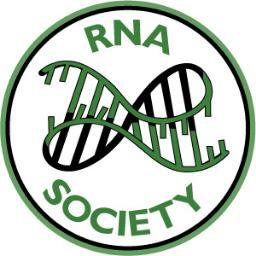Poster Presentation
DDX3X, messenger RNA mRNA, 5' UTR, RNA helicase
Public Summary
DDX3X is an ATP-dependent RNA helicase of the DEAD-box family that unwinds RNA duplexes. Previous work has implicated DDX3X in the translation initiation of human mRNA, likely by resolving complex and highly structured 5′ UTRs to allow ribosome scanning. The exact mechanism of this unwinding as well as the features that render a 5’UTR dependent on DDX3X for proper translation are currently unknown. Given the importance of proper regulation during translation, it is then unsurprising that defects in DDX3X have been associated with numerous human disease and disorder, including a large number of cancers and developmental disorders associated with intellectual disability. Interestingly, DDX3X irregularities vary greatly among different diseases, ranging from abnormally low to high expression, truncations, and point mutations. The changing valence of DDX3X as a source of is likely context dependent, deriving from genes whose translation it controls. Therefore, it is necessary to understand the mechanism of DDX3X action in translation initiation and how alterations in DDX3X change gene expression. One currently unknown aspect of DDX3X activity is how it interacts with the ribosome and associated factors. With the use of several DDX3X mutants I ascertained the interaction domain on DDX3X that ties it to the ribosome, and further determined that this interaction is necessary for DD3X’s unwinding of 5’UTRs. Next, I addressed the question of which human 5′ UTRs rely on DDX3X for their translation. To this end, I have developed a reporter system that expresses a DDX3X-sensitive 5’UTR tied to mCherry expression paired with DDX3X-insensitive GFP expression. I will mutate the sensitive 5’UTR and lead to changes in the mCherry/GFP ratio both in the presence and absence of functional DDX3X. By identifying mutations that increase or decrease this ratio, I will determine which structures, features, and positions in the 5’UTR are responsible for DDX3X-sensitivity. Finally, I will employ this reporter system on a large artificial library of RNA features and sequences and determine the structural underpinning of DDX3X-sensitivity in a high throughput fashion. This will lead to both a better structural understating of how DDX3X unwinds the 5’UTR, as well as knowledge about which human 5’UTR are sensitive to DDX3X and hence prone to contribute to DDX3X-related diseases.


